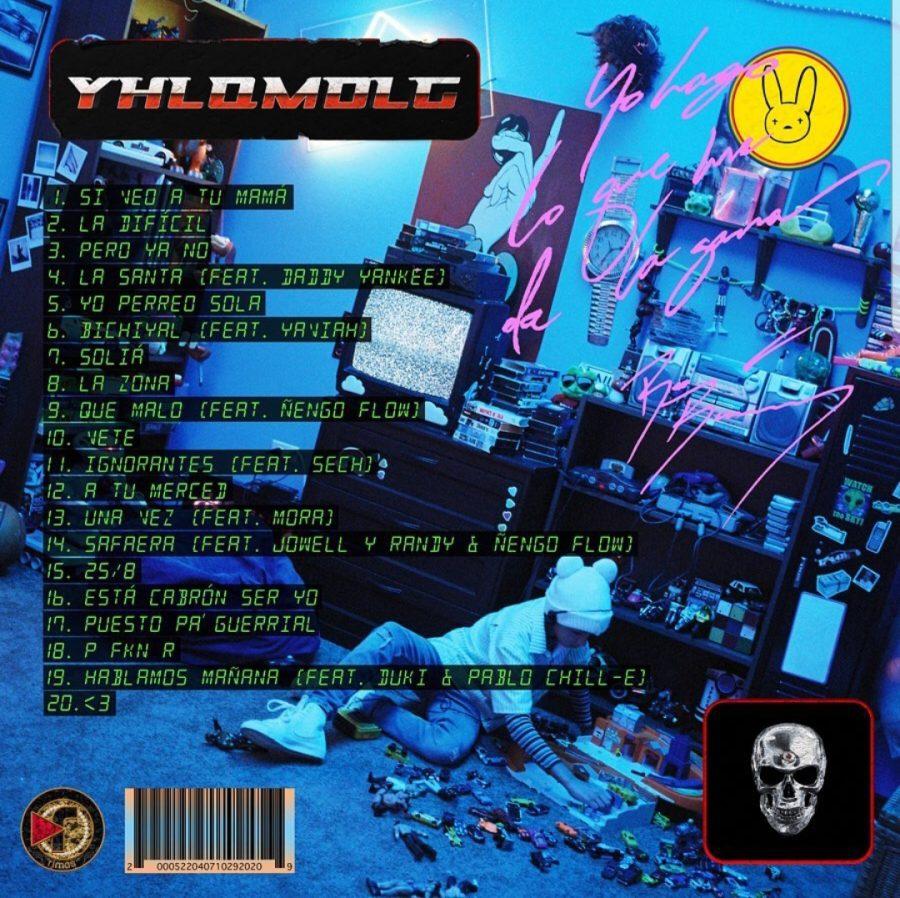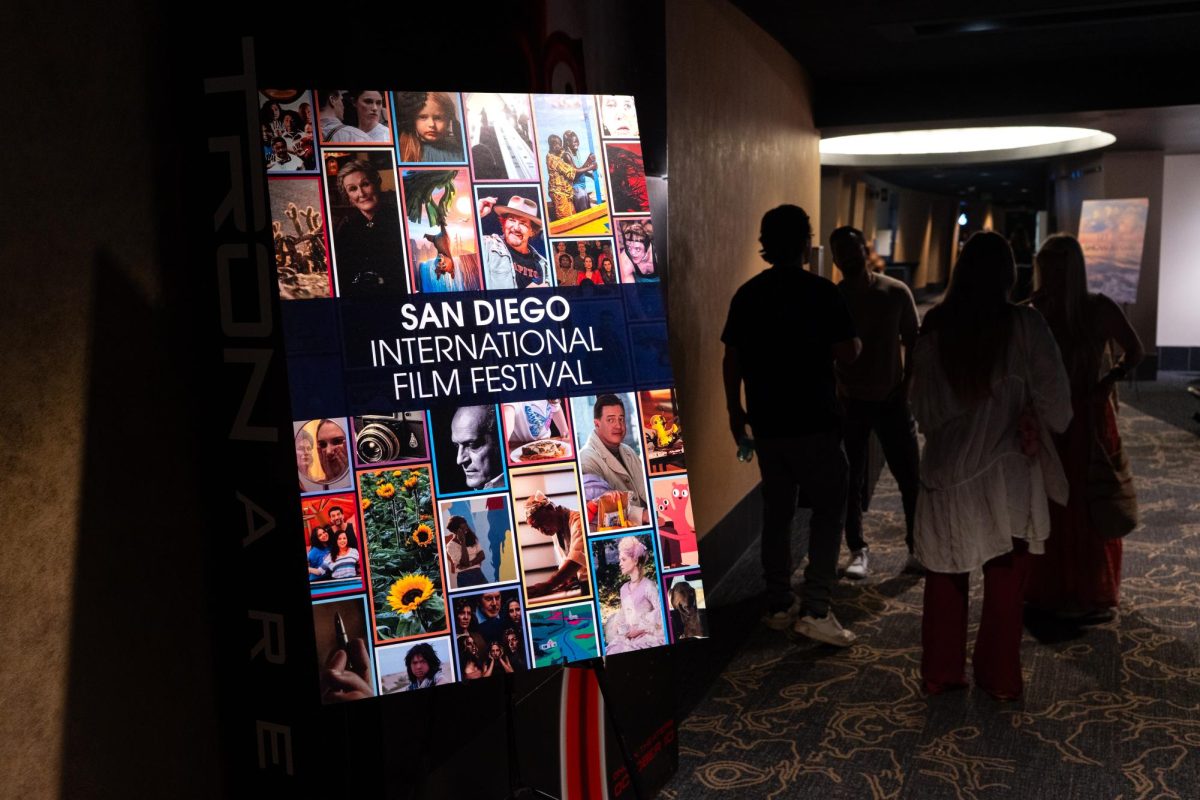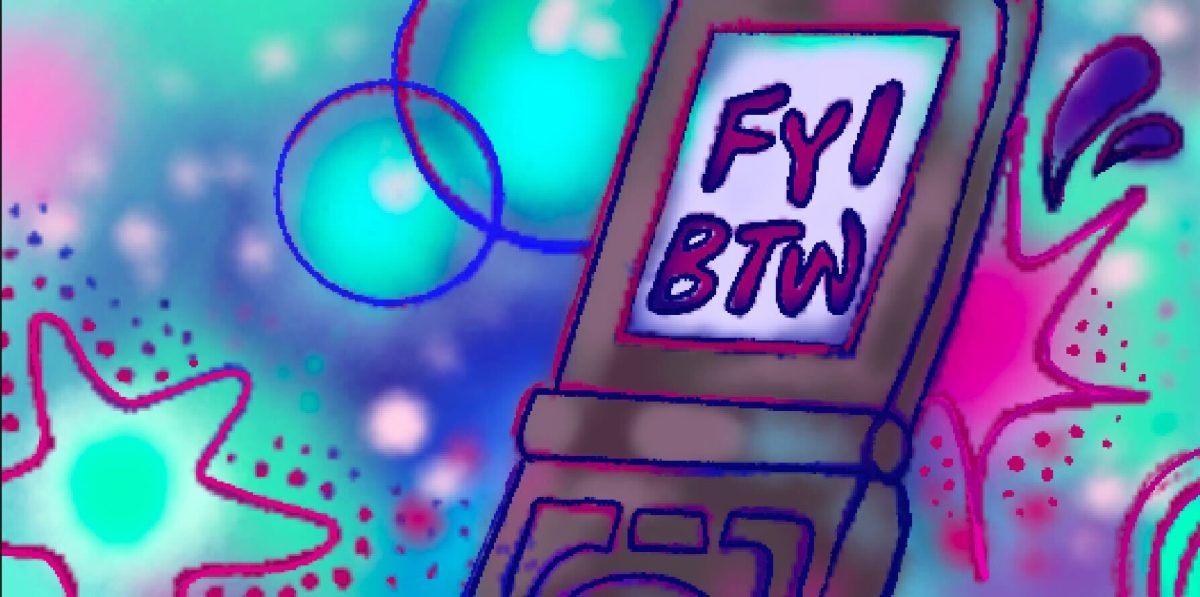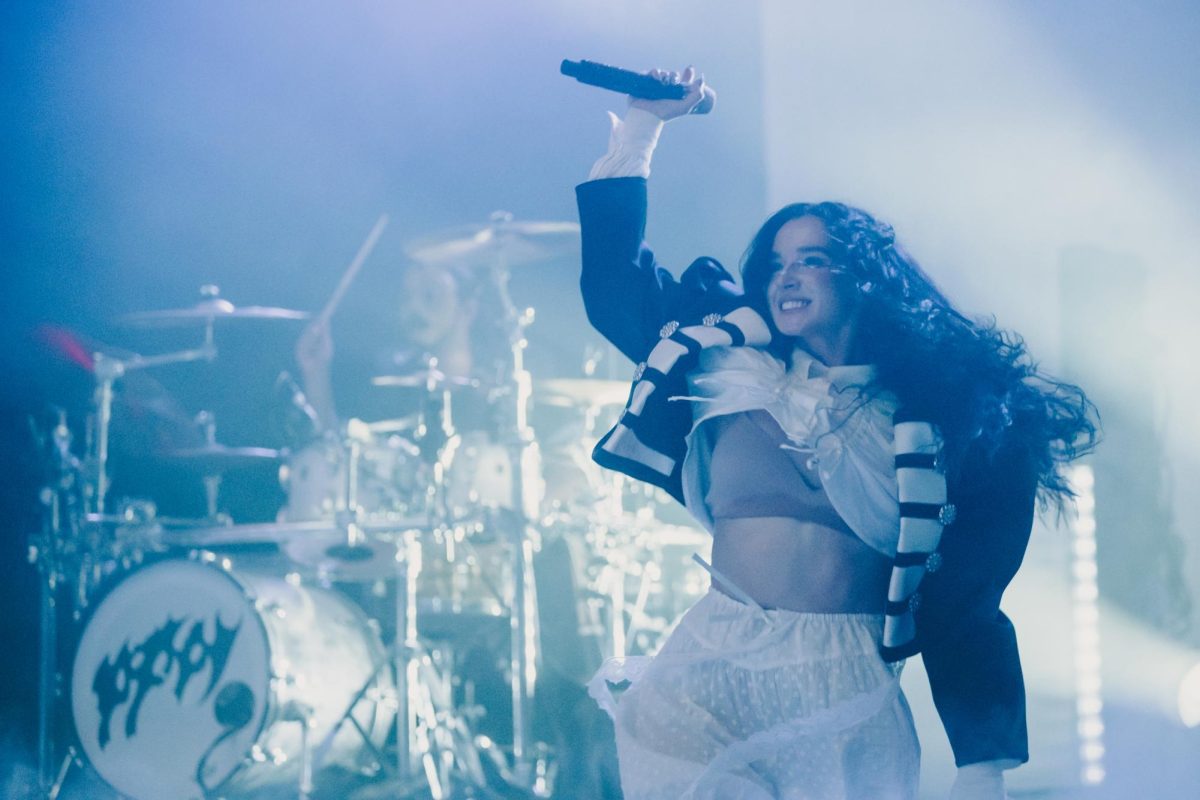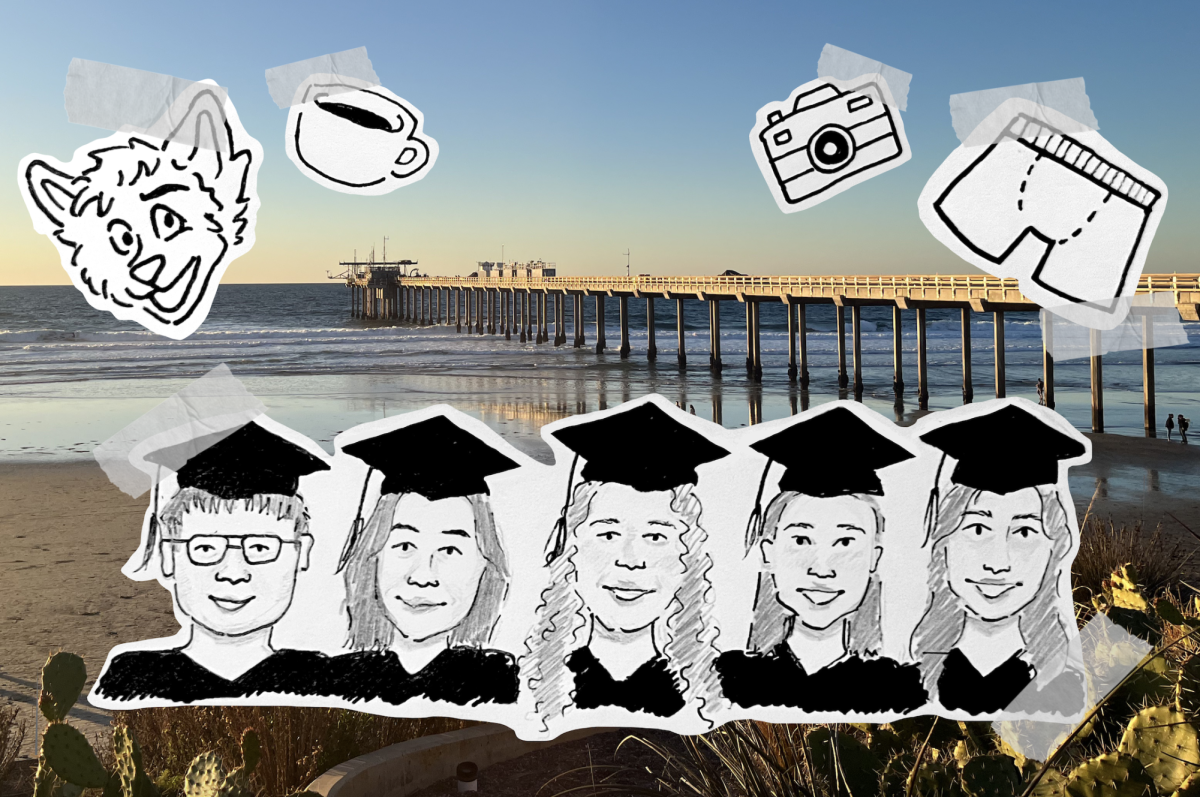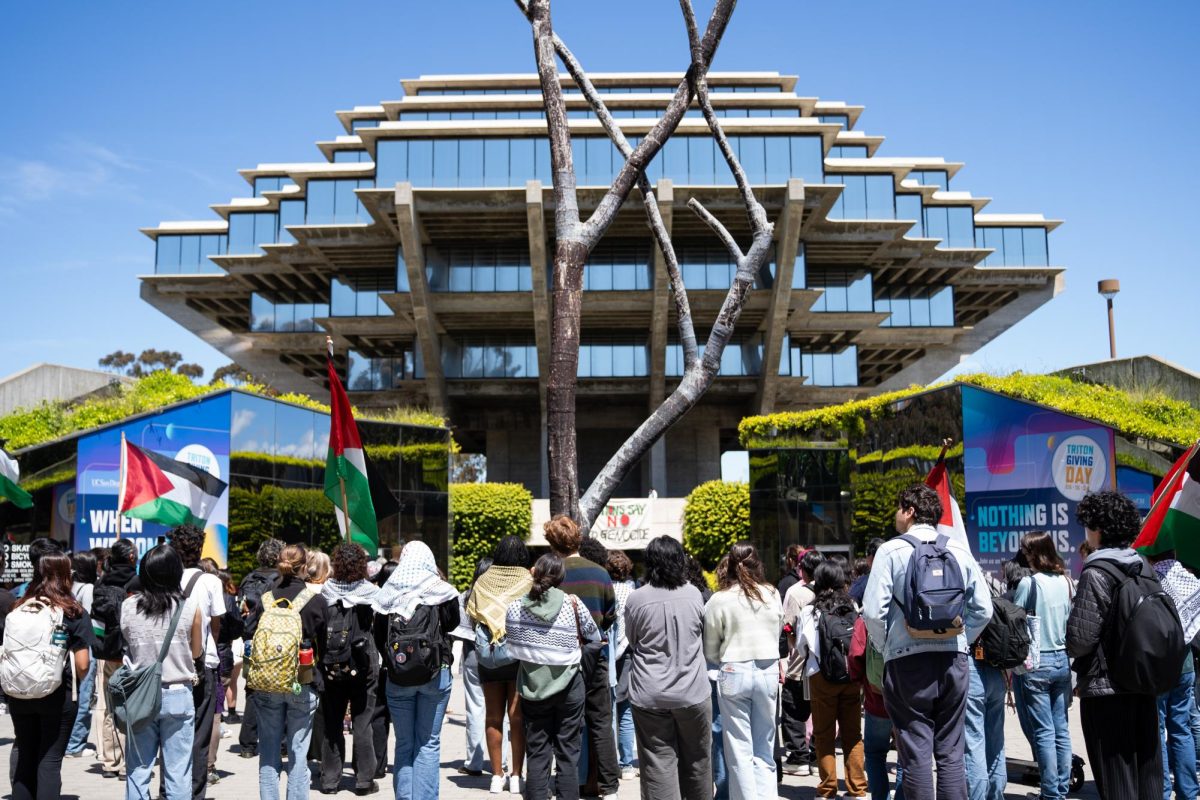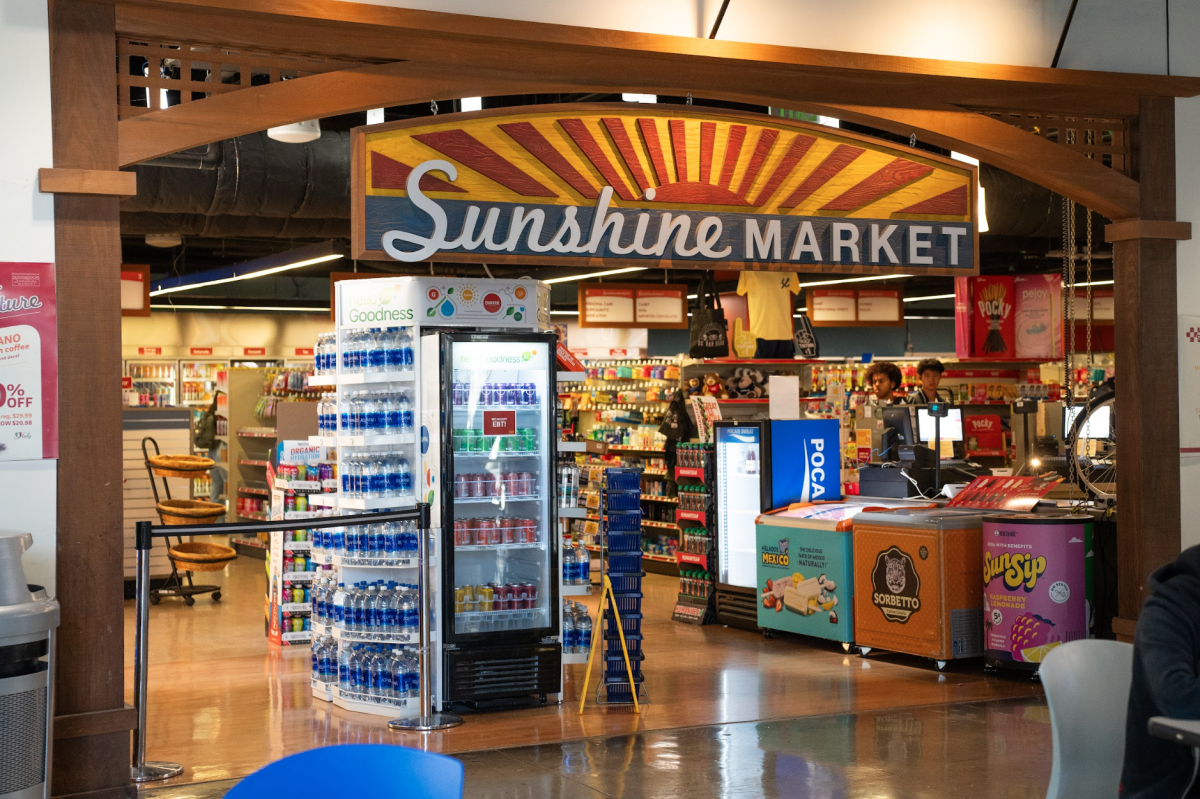Bad Bunny returns with “YHLQMDLG,” the long-anticipated follow-up to his 2018 debut album, “X100PRE.”
Reggaeton and Latin trap took over the Latin American music market in the late 2010s, and many Latino/Latina artists have helped the genre cross over into the U.S. At the forefront of this movement stands Bad Bunny. With his unique fashion taste, deep baritone voice, and uncompromising sound, Bad Bunny burst onto the scene in 2016. Despite only releasing singles for two years, he built a massive following by collaborating with many of Reggaeton’s biggest stars. While many of the songs on Bad Bunny’s previous album “X100PRE” — pronounced “Por Siempre” — were good, they weren’t exceptional. Even though Bad Bunny played with a variety of genres like synth-pop and pop-punk, “X100PRE” felt like it didn’t reach its full potential. But on “YHLQMDLG,” an acronym for “Yo hago lo que me da la gana” or “I do what I want,” sees Bad Bunny push reggaeton in a new direction. He experiments with reggae and rock among a variety of other genres, without losing sight of his reggaeton roots. This album is where Bad Bunny seems to find his footing.
Immediately, Bad Bunny subverts expectations with the first track, “Si Veo a Tu Mamá.” On this track, Bad Bunny sings about missing his ex, despite acting like he’s over her. He thinks about running into her mom and asking how she’s doing. The track trades in the traditional dembow rhythm for an 8-bit backing reminiscent of what one might hear coming from a Game Boy or a Commodore 64. The song reaches its climax during the bridge, when Bad Bunny sings out that he’s going out with the boys and forgetting about his ex for the night. This crescendo is filled with hope that things will eventually get better and he’ll move on, and when paired with the unique backing instrumentals it makes for a very satisfying listen.
Another standout moment on the album is the end of the seventh track, “Soliá.” Bad Bunny brings some Daft Punk-inspired vocals that complement the cadence of the song really well. On “Hablamos Mañana,” Bad Bunny continues to experiment with rock, bringing a very punk breakdown to the end of what is otherwise a reggaeton song. “Safaera” is sure to become the party song of the year, with an infectious beat meant to inspire perreo, the sensual dancing that is often paired with reggaeton and Latin trap. The beats and tempos switch multiple times throughout the song, each segment faster and more dance-inspiring than the last. The song features Jowell & Randy and Ñengo Flow, who are both reggaeton stars of generations past. The inclusion of these three gives the song the feeling of an old-school reggaeton track; bringing together the pounding rhythms and flows of the old school and the sweeter melodies modern reggaeton has become known for.These appearances by Jowell & Randy, Ñengo Flow, and Daddy Yankee, who appears on “La Santa,” acknowledge Bad Bunny’s legitimacy in the genre.
While “YHLQMDLG” holds many gems, it’s not a perfect album. Songs such as “Ignorantes” and “Vete” feel formulaic, lacking the unique melodies and instrumentals that make tracks like “A Tu Merced” and “Si Veo a Tu Mamá” so enjoyable to listen to. These songs aren’t necessarily bad, but they pale in comparison to the rest of the tracks on the album. “Vete” features a conventional trap beat over which Bad Bunny raps about kicking his ex out of his life. “Ignorantes” feels commercial and overly-sentimental at times, with autotune-drenched ad-libs and trite lyricism from Sech, a fellow reggaeton singer hailing from Panama.
Despite these lows, “YHLQMDLG” demonstrates how much Bad Bunny has grown in just two years. What were glimpses of promising genre-bending in “X100PRE” come to full fruition on “YHLQMDLG,” but Bad Bunny still remains close to his reggaeton roots. In a genre that is quickly becoming oversaturated, El Conejo Malo has found a way to re-think what it can be, further solidifying his status as a pillar of reggaeton.
Grade: B+
Release Date: February 29, 2020
Image courtesy of Reddit.


